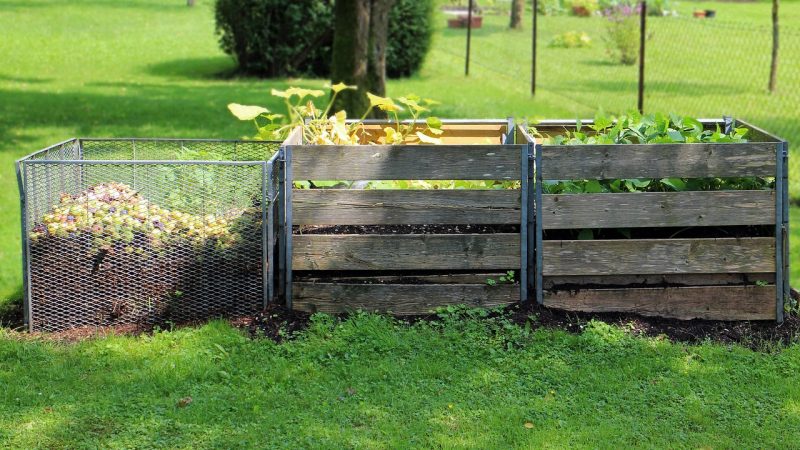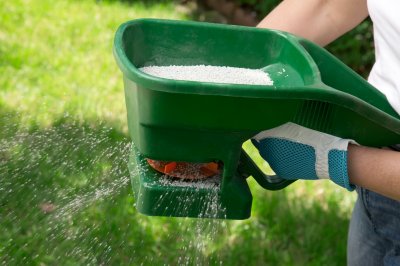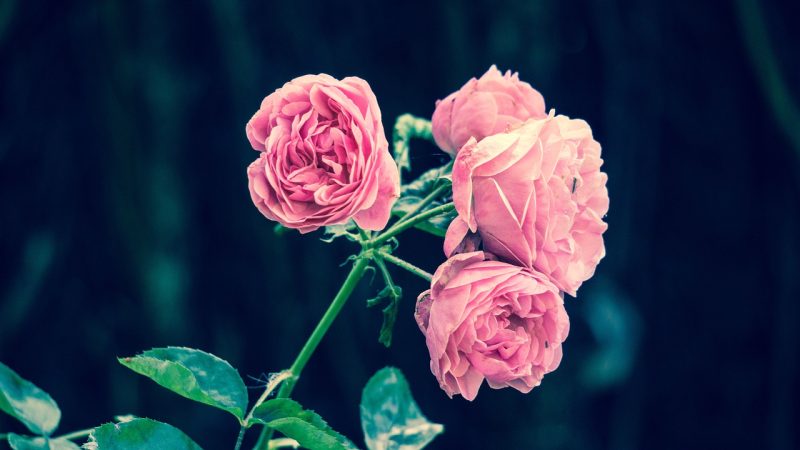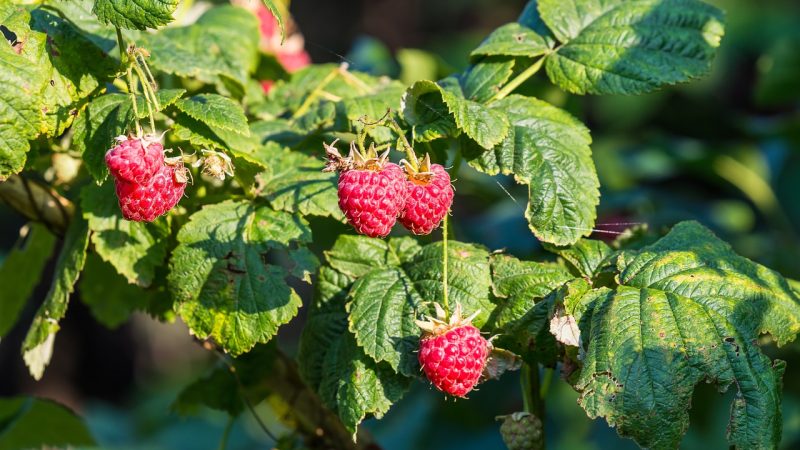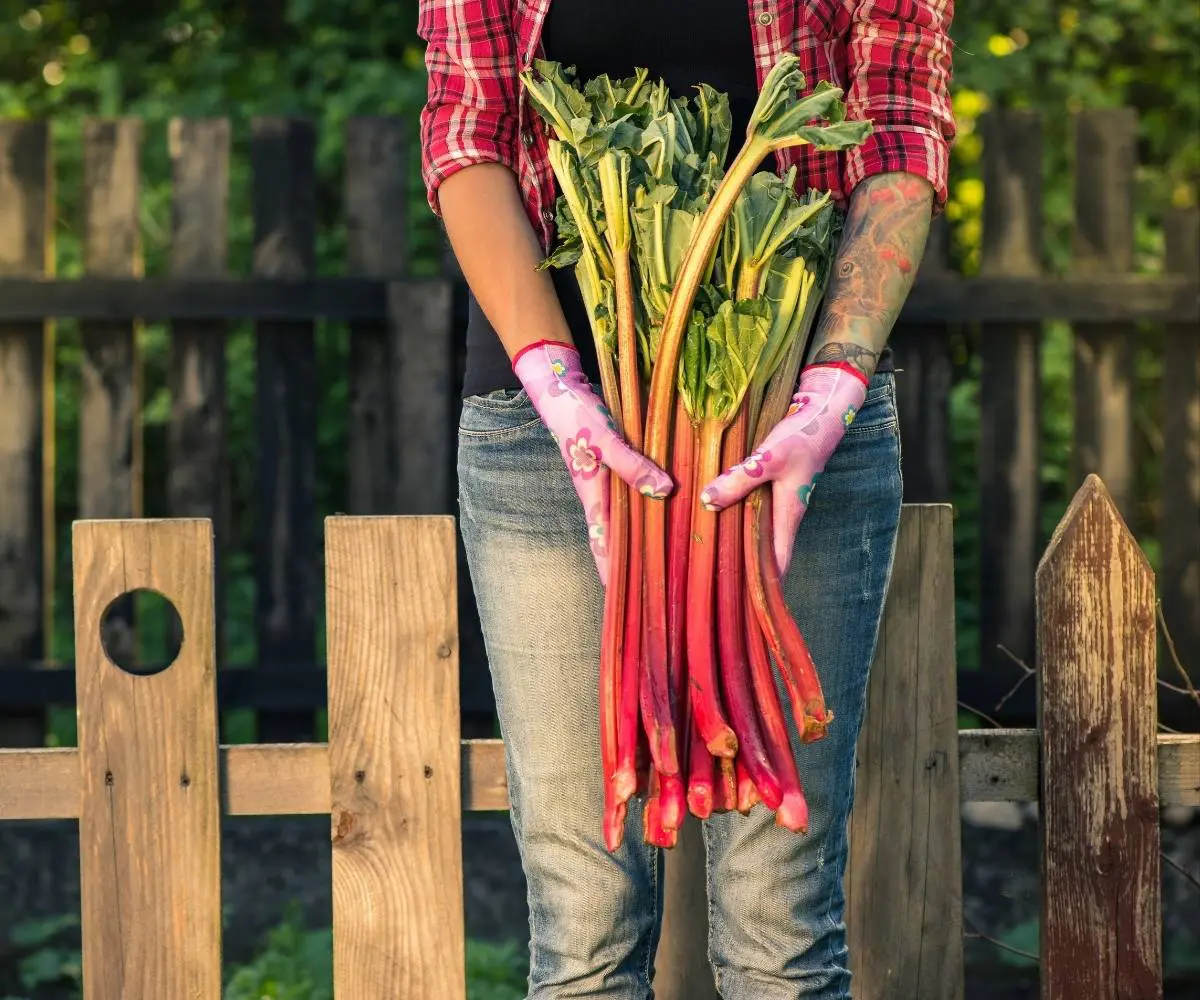Rhubarb is a perennial vegetable that can be planted in the early spring or fall. Here are some steps to follow when planting rhubarb:
- Choose a planting location: Rhubarb prefers a sunny location with well-draining soil. It is also important to choose a spot where the plants will have room to grow, as rhubarb can spread out over time.
- Prepare the soil: Before planting, prepare the soil by adding compost or well-rotted manure to improve soil fertility and drainage. The soil pH should be between 6.0 and 6.8.
- Plant the rhubarb crowns: Rhubarb is typically grown from crowns, which are sections of the plant’s root system. Plant the crowns about 2-3 feet apart and about 2-3 inches deep, with the bud or eye facing upwards.
- Water and mulch: After planting, water the rhubarb well and apply a layer of mulch to help retain soil moisture and suppress weed growth.
- Care for the plants: Rhubarb requires regular watering and fertilization throughout the growing season. It is also important to remove any flower stalks that appear, as these can reduce the plant’s overall productivity.
- Harvest the stalks: Rhubarb stalks can be harvested in the second or third year after planting. Only harvest about a third of the stalks at any given time to avoid damaging the plant. Cut the stalks close to the base of the plant and discard the leaves, which are toxic.
With proper care, rhubarb plants can produce a bountiful harvest for many years.


